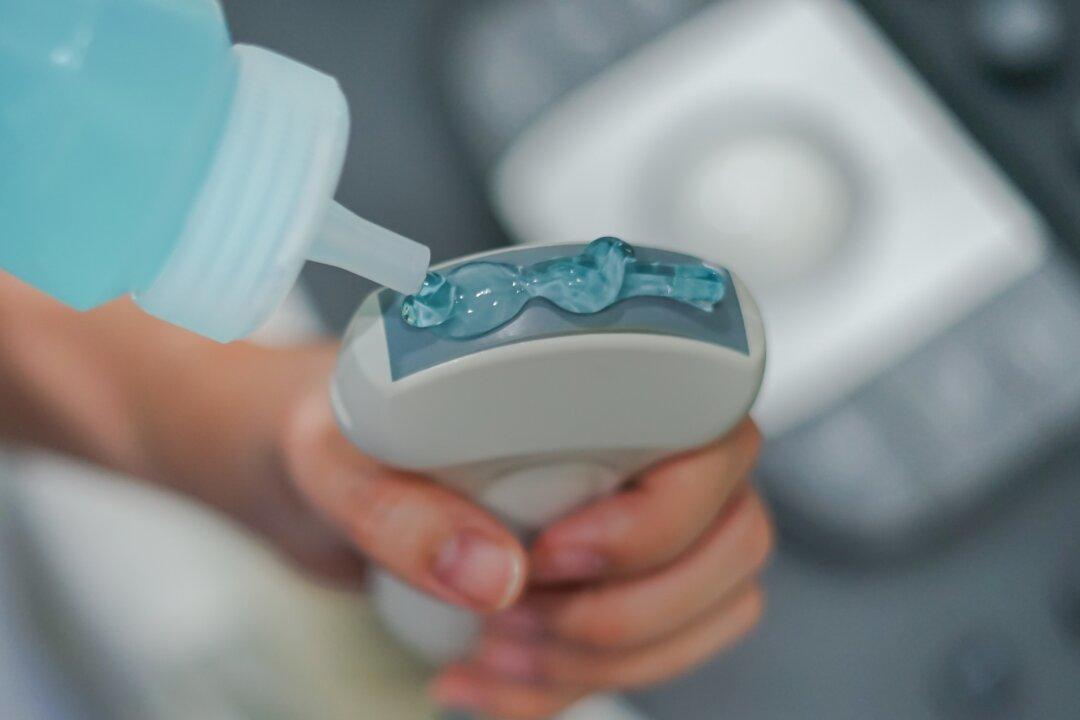In 2017, Emalee Morem was 40 weeks pregnant with her first child. At the urging of her providers, she had an extra ultrasound, just to make sure the baby was OK. After the scan, Morem and her husband went out for lunch. But sitting in the sunshine on the patio at the restaurant in Minneapolis, Minnesota, Morem started to feel uncomfortable.
“My belly felt very hot while we were eating,” Morem says, “and when I got home, I looked at my belly and saw this horrible red, patchy rash.”






